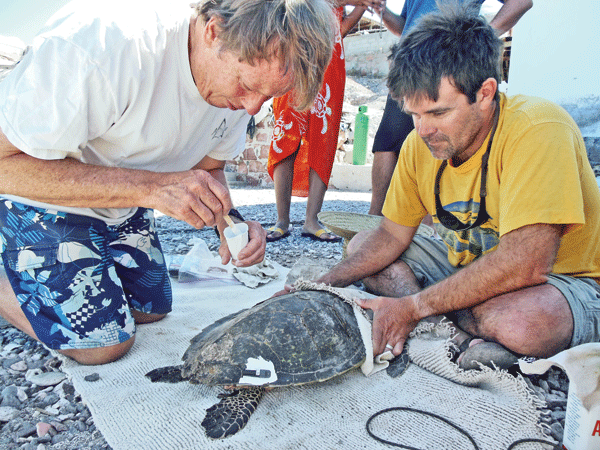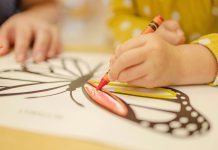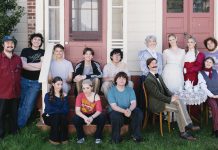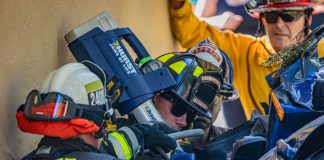We will be celebrating the recent ascension of the red-legged frog to California’s official state amphibian on our next Watershed Walk with Dr. Gage Dayton of UC Santa Cruz, an expert on reptiles and amphibians.
Finding fame as the titular hero of a story by Mark Twain, “The Celebrated Jumping Frog of Calaveras County,” the red-legged frog is only found in California and was large enough to have provided plentiful grub for Gold Rush miners.
But in recent times, when the appetite for frog legs grew ravenous and the amphibians’ population dwindled, entrepreneurs began importing an even larger specimen from the South called Bull.
It’s a sad tale, but true, that whenever humans start messing around with nature, things can get a lot worse. The red-legged frog became almost extinct because, as it turned out, the bull frog’s favorite meal was him. It is now protected under the Federal Endangered Species Act.
Since his childhood in Southern California, Gage Dayton has been enthralled with the thrill of the chase for the underappreciated and understudied group of organisms, the reptiles and the amphibians.
He learned how to catch fence lizards, but he also learned how to hold them with respect. And he still does it today as the administrative director of the UCSC Natural Reserve System and professor of ecology and evolutionary biology.
The University of California Natural Reserve System is a unique assemblage of 36 protected wildland sites throughout California. The five natural reserve sites that are administered by UC Santa Cruz are spread along 60 miles of the Central Coast: Año Nuevo Island Reserve (25 acres), Landels-Hill Big Creek Reserve (4,200 acres), Fort Ord Natural Reserve (606 acres), Younger Lagoon Reserve (26 acres), and the UCSC Campus Natural Reserve (400 acres).
It was last year on a perfect spring morning that our watershed walkers met Dayton and stepped into his world of the unseen or unobserved.
As one participant said, “The reptile walk at Quail (Hollow) Ranch captivated my seven-year-old grandson, while educating and entertaining my husband and me (mid-60s). Gage engaged our group by gently allowing us to capture and to handle frogs, snakes, lizards and salamanders, and by allowing time for questions and photography.
“Although my grandson had felt fear of snakes, by the end of the walk he had found one and handled it. When I asked him later about seeing snakes in the wild, he repeated the guide’s rule to me: Always know what kind of animal it is before you pick it up. I hope he will now respect these interesting creatures, and never harm them out of indiscriminate fear.”
When Layton takes his UCSC students out in the field, he is teaching them how to be scientists.
“They need to be well-versed in many fields, understand standardized methodology, be able to analyze data, think about patterns and appropriate questions and how to answer those questions,” the professor said.
“Ecology and evolutionary biology are two of the most popular majors at the University. With a strong faculty and strong field programs we can give our students opportunity to get hands-on experiences.”
How do you teach someone to be a scientist? Observation is first. Once they become good observers they can start to see patterns and begin to hypothesize.
As John Muir said, “When we try to pick out anything by itself, we find it hitched to everything else in the universe.”
How can we help our reptiles and amphibians? Dayton cautions against leaving your dogs and cats outside and using pesticides which harm the natives and the invertebrates they eat.
“We’ll look in the pond first and search for animals like the Pond Turtle,” he says with the joy of the explorer. “We’ll look for reptiles under logs or basking in the trail. We’ll probably see the western fence lizard and the southern alligator lizard.”
But not the legendary California crocodile who many think crawled out of the pond one night and headed for the San Lorenzo River to seek a mate. No word yet.
Dayton and I will be leading the amphibian and reptile safari at 10:30 a.m. on Saturday, July 26, at the Quail Hollow Ranch County Park.
The walk is free and sponsored by a grant from the San Lorenzo Water District. For more information, contact me at ca****@*********on.com.
– Carol Carson is a writer and Certified California State Master Naturalist.













